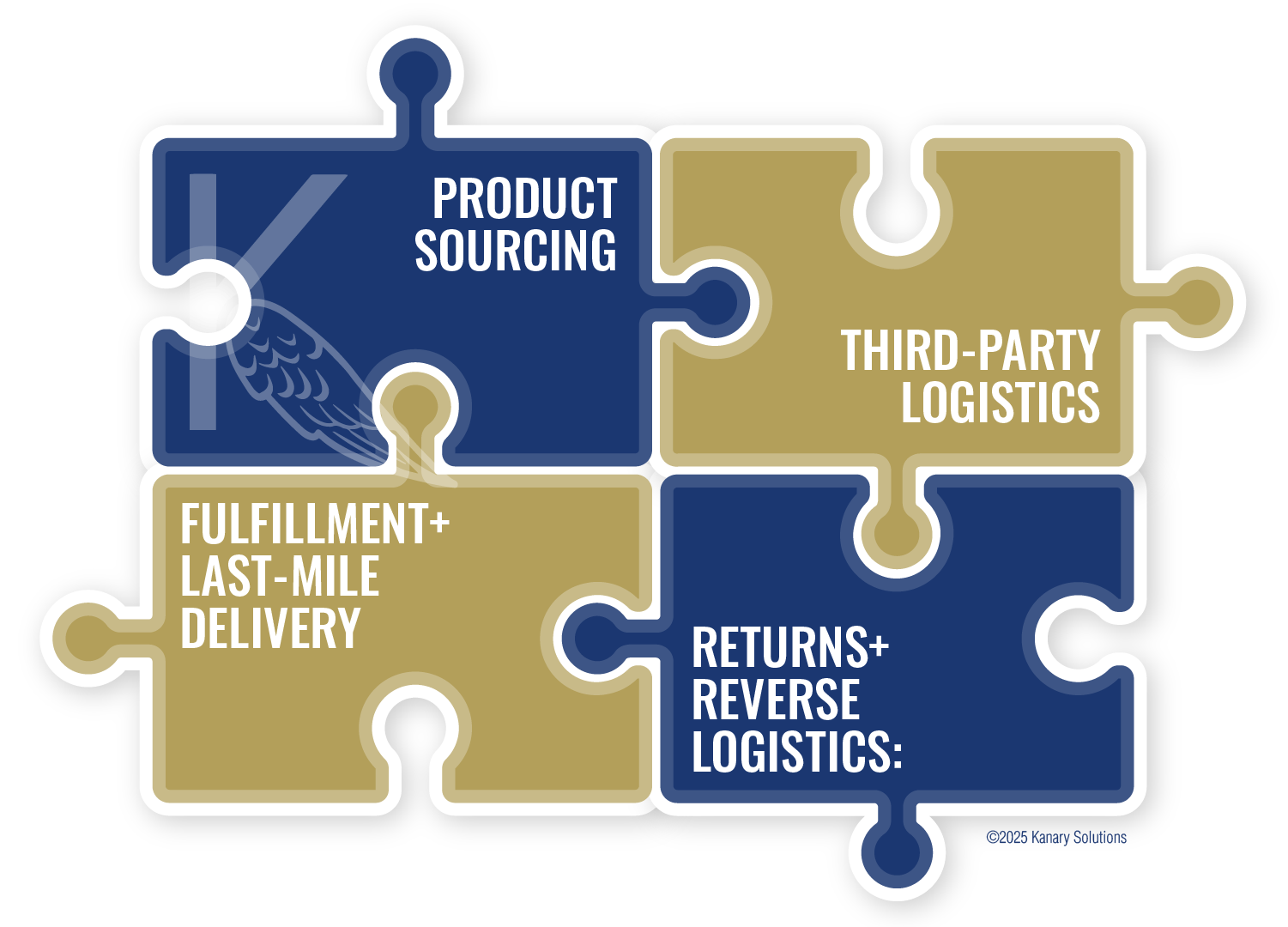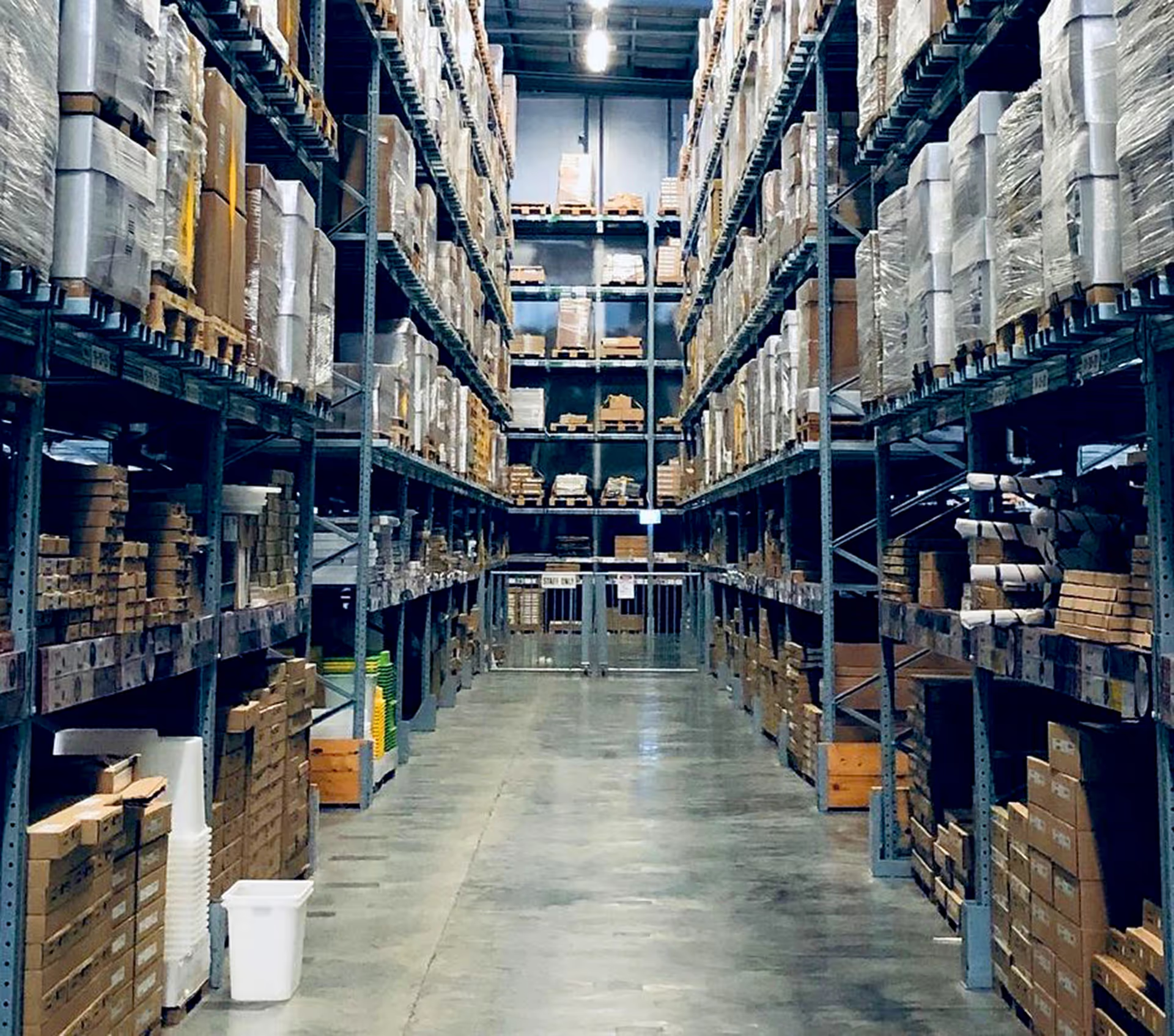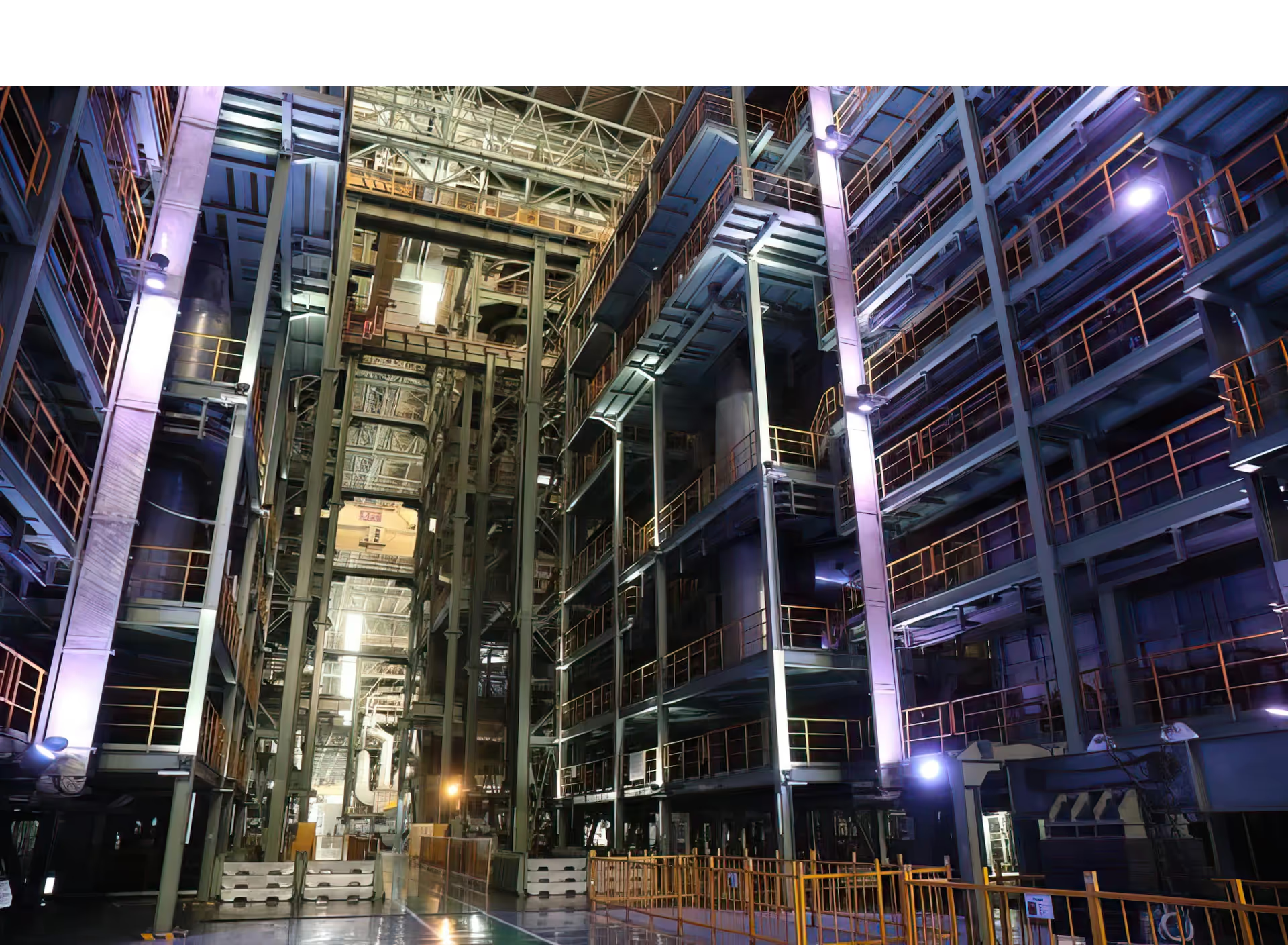Managing supply chain costs is crucial for eCommerce businesses looking to maximize profit margins and remain competitive. Many online retailers unknowingly overspend due to inefficiencies in sourcing, shipping, and supplier management. By implementing strategic cost optimization, eCommerce brands can cut expenses, improve transparency, and increase profitability.
This guide will explore key areas of supply chain cost optimization, focusing on product sourcing, logistics, fulfillment, and cash flow management to help eCommerce businesses achieve maximum cost efficiency.
Understanding eCommerce Supply Chain Costs
Before optimizing costs, it’s essential to understand the different components of your supply chain and how they affect your total cost per product.

Key Cost Components in eCommerce Supply Chains:
- Product Sourcing: Includes costs related to manufacturing, raw materials, labor, and supplier markups. This is often the largest cost factor, and reducing these expenses can significantly improve profit margins.
- Third-Party Logistics (3PL): Covers warehousing, inventory storage, freight forwarding, and distribution. Choosing the right 3PL partner can reduce handling costs and improve efficiency.
- Fulfillment & Last-Mile Delivery: Encompasses order picking, packing, labeling, and shipping directly to customers. This is a crucial aspect of customer experience and directly affects retention and brand reputation.
- Returns & Reverse Logistics: Managing product returns efficiently is essential to minimize losses, restock inventory quickly, and reduce customer dissatisfaction.
Each of these components contributes to your overall cost per unit, affecting product pricing, profitability, and scalability.
Dropshipping vs. Complex Supply Chains
- Dropshipping: Low upfront costs but higher per-unit pricing and lower profit margins.
- In-House or 3PL Fulfillment: More control over product costs and branding but requires efficient logistics management.
Many scaling eCommerce brands move from dropshipping to direct sourcing and optimized fulfillment to increase profit margins.
The Hidden Costs of Shipping Agents & Middlemen
Many eCommerce sellers rely on shipping agents who combine sourcing and logistics, often adding undisclosed markups. These hidden costs can inflate your per-unit pricing, making your products less competitive.
Solution: Work directly with manufacturers and negotiate factory-direct pricing to eliminate unnecessary middlemen.
Optimizing Product Costs for eCommerce Profitability
Reducing product costs is one of the most effective ways to increase profitability and scale an online store sustainably. Many businesses overpay for manufacturing due to hidden factory markups and inefficient sourcing.
Benefits of Direct Supplier Sourcing
- Lower Costs: Eliminates middleman markups, reducing per-unit expenses.
- Better Price Negotiation: Bulk discounts, improved payment terms, and cost optimizations.
- Improved Quality Control: Direct oversight ensures consistency and customer satisfaction.
Real-World Example of Cost Savings
A skincare brand sourcing from a middleman was paying $2.75 per bottle. By negotiating directly with the formula supplier, bottle supplier, and packaging supplier, the cost was reduced to $1.45 per unit, saving $1.30 per unit (52% reduction).
How to Reduce Product Costs for eCommerce
- Break down material, labor, and packaging costs.
- Compare factory-supplied vs. third-party component pricing.
- Separate component sourcing to avoid factory markups.
- Negotiate direct pricing for significant savings.
eCommerce Shipping Cost Optimization
Shipping costs can make or break an eCommerce business, especially when offering competitive pricing or free shipping. However, many businesses assume that higher shipping volumes automatically lead to lower rates—this isn’t always true.
Common Shipping Cost Challenges
- Fluctuating Carrier Rates: Seasonal demand and supply chain disruptions impact pricing.
- Hidden Fees from Freight Forwarders: Some agents inflate freight costs.
- Lack of Transparency: Without rate comparisons, businesses overpay for shipping.
How to Reduce eCommerce Shipping Costs

- Compare multiple freight forwarders to get the best rates.
- Work with multiple shipping carriers to increase negotiation leverage.
- Monitor rate changes weekly to secure the most cost-effective shipping options.
- Optimize product weight & dimensions to lower shipping fees.
Impact of the $800 De Minimis Rule Removal
Recent changes in US import regulations have removed the $800 de minimis threshold, meaning all shipments into the US are now subject to duties, tariffs, and additional processing fees.
New Cost Considerations:
- Every shipment is now subject to a $2.75 processing fee in addition to standard duties and tariffs.
- Small parcel shipments from China to US customers will now incur significantly higher costs.
- Solution: Businesses must shift toward bulk shipping to US-based 3PLs rather than fulfilling directly from China to individual customers.
By consolidating shipments, businesses can reduce per-unit shipping costs, avoid repetitive processing fees, and maintain competitive pricing.
Raw Material Procurement & Cost Reduction
The cost of raw materials directly impacts eCommerce product pricing. Businesses that track material costs and negotiate bulk discounts can significantly reduce expenses.
Key Strategies for Lowering Material Costs
- Understand material cost fluctuations and buy during low-price periods.
- Forecast demand to secure better bulk pricing.
- Compare multiple vendors to find the most cost-effective suppliers.
Example: A clothing brand sourcing organic cotton reduced costs by 15% by switching to a lower-cost but high-quality supplier.
Payment Terms & Cash Flow Management for eCommerce

Cash flow is critical for eCommerce growth. Negotiating favorable payment terms with suppliers can free up capital, reduce inventory costs, and allow for reinvestment in marketing and product expansion.
How Good Payment Terms Improve Cash Flow
- 50% upfront, 50% after delivery extends cash flexibility.
- Selling inventory before full payment reduces financing needs.
- Longer payment terms improve liquidity and reduce upfront costs.
Tip: Some suppliers offer discounts for early payments—evaluate whether lower prices or extended terms benefit your cash flow more.
Dynamic Shipping Costs & Supplier Comparison for eCommerce
Shipping costs fluctuate more than raw material costs, requiring continuous monitoring. eCommerce businesses must stay proactive in negotiating the best freight rates.
How to Optimize Freight Costs
- Secure fixed-rate shipping agreements to stabilize expenses.
- Work with multiple logistics partners to improve cost efficiency.
- Diversify shipping methods (air, sea, rail) to optimize transit times and costs.
Final Thoughts: Optimizing Supply Chain Costs for eCommerce Success
To maximize profitability in eCommerce, businesses must implement cost-effective supply chain strategies. Key takeaways include:
- Focus on reducing product costs over shipping savings.
- Source directly from factories to eliminate unnecessary markups.
- Compare multiple logistics partners for better shipping rates.
- Optimize raw material procurement to reduce overall expenses.
- Negotiate flexible payment terms to improve cash flow.
By continuously optimizing supply chain costs, eCommerce businesses can achieve sustainable growth, maintain competitive pricing, and increase profit margins.

.jpg)



.png)




